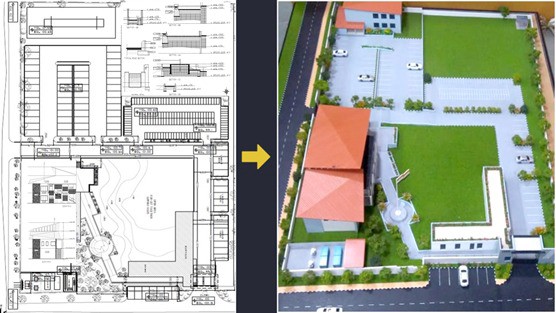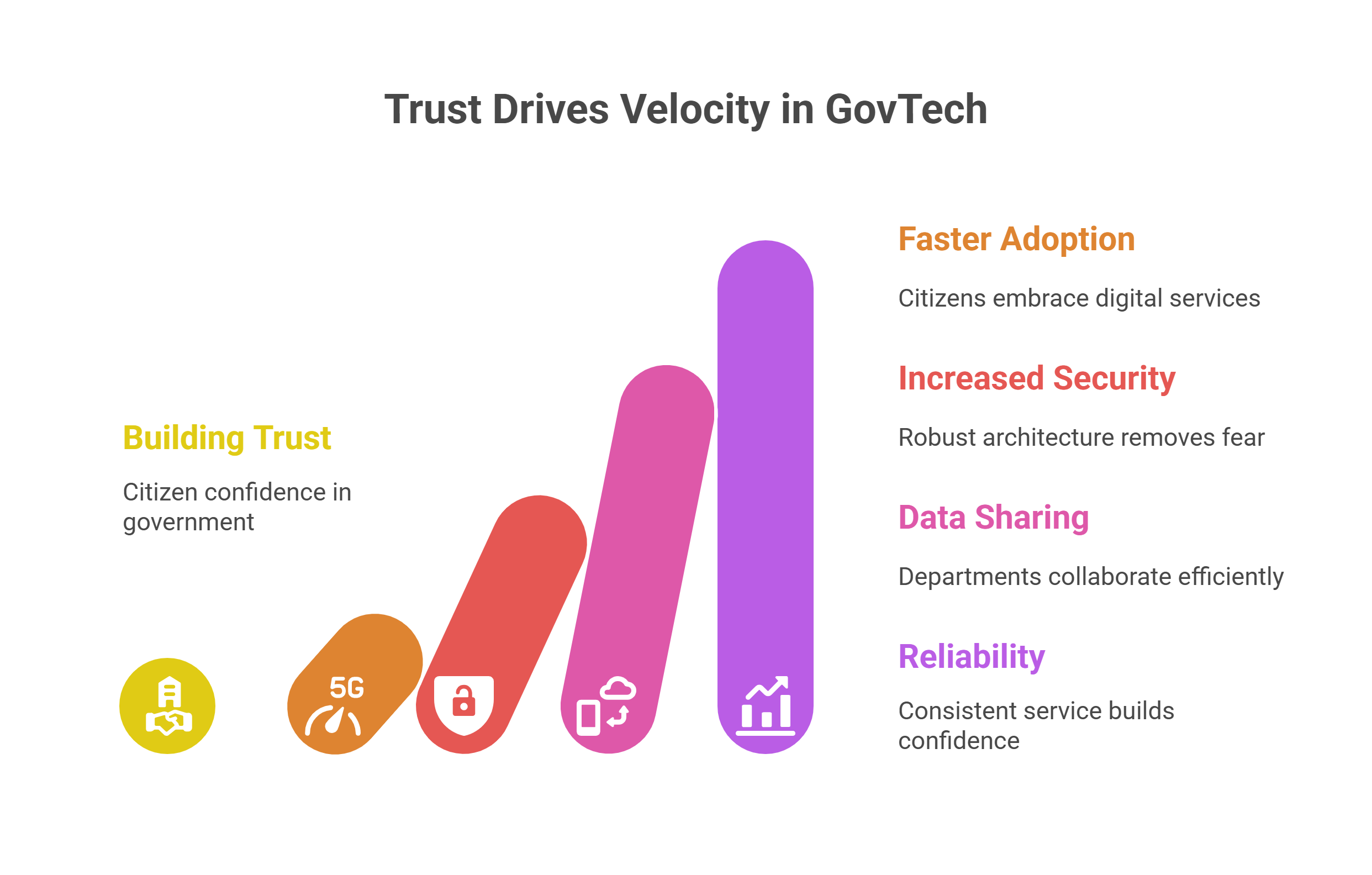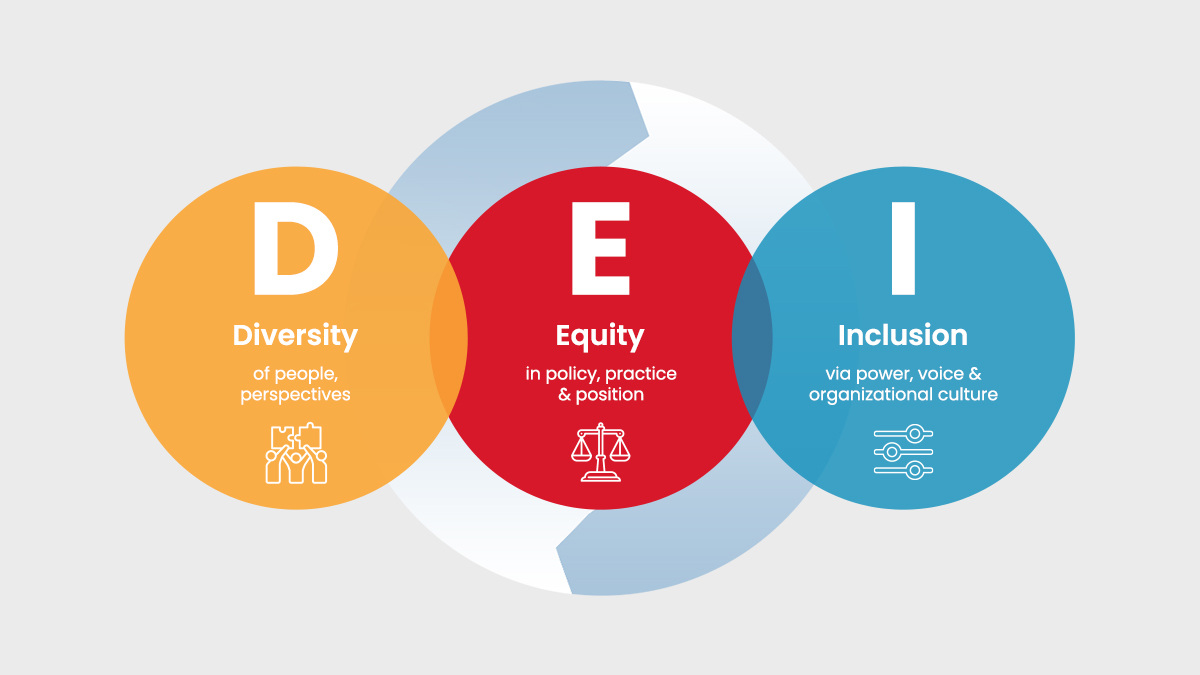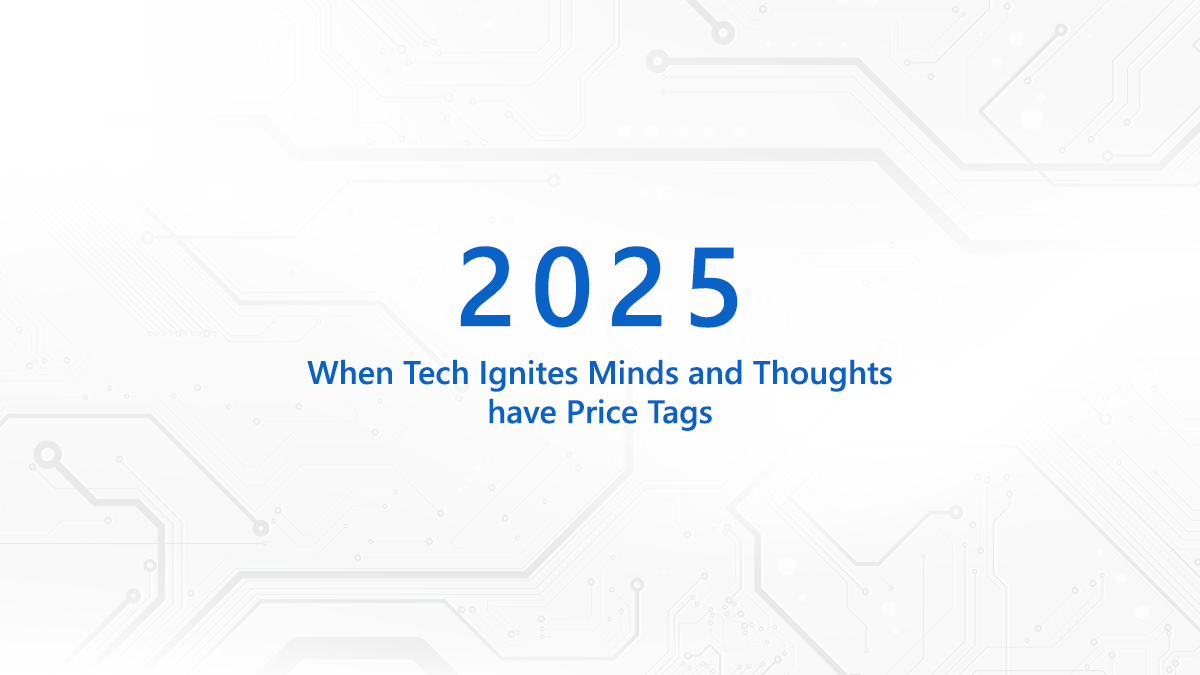A good design is the first key rung in the ladder of a great building. However, as you step beyond this initial rung, you notice that the existing building plan structure in India has a maze of procedures. So, whether it’s the case of a premium property developer or an aspirational citizen out to build his dream home, he feels the grind. Take note of the approvals needed- clear title, land clearance, zonal clearance, building approval, completion certificate, services and utilities installation and occupancy certificate.

At a time when we are raising the pitch for ‘Ease of Doing Business’ (EODB) or Ease of Living (EOL), the manual processes are a drag on both the investor and citizen’s confidence. When procedures get complicated or costlier, builders tend to bypass the bylaws and erect structures without permits. By some estimates, 60–8o per cent of building projects in developing economies are taken up without proper permits.
In India, the DPIT has been pushing for fixed timelines for plan approvals which are based on the National Building Code (NBC) along with the regional rules framed under the ambit of the national code. Urban & rural development bodies at all levels from City development authority to Industrial development authorities and regional improvement trust give building plan approval. To enable businesses to operate swiftly and with ease, India has listed 372 Action Points listed under (BRAP) which among others prescribes timelines for approval- 30 days for building plan approval and eight days for occupancy certificate. The timelines are critical since building bylaws not only impact the property developers or industry proponents but any man on the street who knocks the doors of urban development bodies to get his plan design approved.
In this context, policy makers can take cues from the developed world. A study in US showed that speeding up approvals by three months in a 22-month project cycle could ramp up construction spending by 5.7 per cent and property tax revenue by 16 per cent. Both Singapore and the US are the fastest in granting construction permits-in 26 days, reveals data by ‘Doing Business’. For Singapore, the game changer has been ‘CORENET’, a solution using a mix of Artificial Intelligence (AI) and feature based Computer Aided Design (CAD) to check electronic building plans.
Fixing gaping holes in our system of granting permits
Of late, our policy makers have made the right noises on automating building plan approvals. The policy prescriptions are also resonating with states- they are competing to pull investments and hence, realise the need to erase the irritants in business. To put it plainly, (BPAS) is one of the fundamental reforms that promises to accelerate the establishment of industries and Smart Cities besides fast tracking construction activity.
Problem: — However, the output has been slow due to stiff resistance to adapt to change. The second hurdle is with half adoption of technology. Resistance is due to the apprehension of wrong conclusion by the IT system of such complicated engineering process. This is because drawing approval as per rules is often perceived as interpretation. Any attempt to bring in objectivity into plan approvals is perceived to be incorrect. So immense is the resistance that governments for the heck of compliance have started sham reporting of an automation system.
Solution: -There lies a two-pronged solution to fixing this vexed plan approval system. First, enabling online applications and aligning them with online file movement. The next step is to tap GovTech solutions and deploying robots to read the plan drawings. Fed with all rules from setbacks to fire safety norms, robots can read and interpret large, complicated design files and deliver in binary forms in minutes. New age robotic systems can also report episodes of non-compliance and violation of rules, thus enabling architects to submit revised plans again. While development authorities across nations have been quick to adopt the first remedy, the second solution is still the glaring need of the hour.
States reset their building plan matrix
Light house solution like the Aurangabad Industrial City (AURIC) under Delhi Mumbai industrial corridor is a case study in transition. AURIC has put in place e-LMS (e Land Management System), a paperless and contactless one-stop platform that can auto scrutinise building plans and report deviations with the inclusion of BPAS. Delivery models like this, adopted by AURIC allow mega, ultra-mega and FDI based projects. Moreover, 75 per cent of the DPR (Detailed Project Report) score is automatically generated by the system.
Goa and Gujarat have also leapt the bandwagon of building plan reforms. Goa recently unveiled an online building plan approval management system, aimed at attaining faster and transparent permits. Similarly, Gujarat Industrial Development Corporation (GIDC) and its counterparts in other states are adopting the best practices.
Next Stage Therapy- Tapping Robotic Process Automation
On boarding BPAS into building plan structures is a welcome transition sincehalf-baked technology interventions will only complicate matters. You need a paradigm shift to opt for GovTech solutions that offer end-to-end process automation. Roping in robotic process in reading the drawing file in a BPAS system is a must. Picture this- the global market for construction robotics is estimated to grow ten-fold from $22.7 million in 2018 to $226 million by 2025. Automation by tapping new age technologies in the GovTech sector ought to be the backbone of our future policy reforms in building plans. Planning a plateful is the recipe to ‘building beautiful’.
The author is Priyadarshi Pany, founder & CEO of CSM Technologies. This article was originally published on his LinkedIn profile: https://www.linkedin.com/pulse/building-plan-permits-need-online-surgery-ease-priyadarshi-nanu-pany










































We will verify and publish your comment soon.